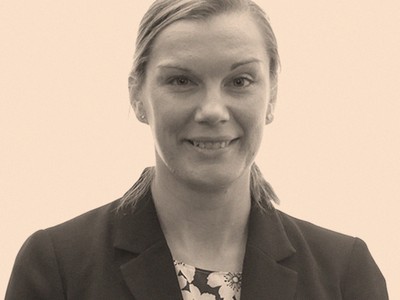Investors in gilts have seen capital values shrink on the back of these firmer rates, whilst corporate bond investors have had a more balanced experience with spreads contracting. Spreads are the difference in yield between a corporate bond and a similarly dated government bond. The average corporate bond spread on 3rd August 2020 was 1.52%. As at the time of writing, it stands at 1.02%.
The question we ask ourselves is when will rates peak? At the moment I believe we sit in a Goldilocks economic environment which is another way of saying that the economy is neither too hot (in terms of inflation) nor too cold (in terms of recession risk). The world’s central banks and governments stand ready to provide all the fiscal and monetary support that is needed to prevent a recession; whilst unemployment should act as a brake on inflation. For example, the US looks set to approve Biden’s proposed extra $1.9 trillion stimulus package.
Unemployment is probably much higher than official statistics; officially, US unemployment stands at 6.3% whereas Jay Powell, Chairman of the Federal Reserve, thinks the true rate lies closer to 10%, or that’s what it would be without US subsidies to preserve jobs. We should see an uptick in inflation as vaccines allow demand to recover into a less than robust supply chain and base effects. Base effects is seeing the price of petrol much higher today, relative to the lows that we saw in late spring of last year.
The world is being seen with rose tinted glasses
The consensus view is that we see inflation pick up but that central bankers look through the surge as a temporary phenomenon and hold rates where they are. If the market thinks longer term inflation is more of a risk, then we will see rates go firmer. The alternative scenario is that vaccinations underwhelm due to logistics problems (cold storage requirements), manufacturing problems (remember AstraZeneca a few weeks ago), and the emergence of vaccine resistant strains and underestimating anti-vaxers and that this feeds through to disappointing growth relative to expectations. The full or partial failure of the US’s $1.9 trillion stimulus would also disappoint on the growth front, as would individuals saving, rather than spending, their support cheques. People tend to save more if they expect higher taxes in the future to pay off government debt.
I am inclined to the view that the world is being seen with rose tinted glasses right now and that whilst the trajectory with rates is on the up, the risks of a mismatch between economic growth is underestimated by the market.
Illustration by Emily Nault



